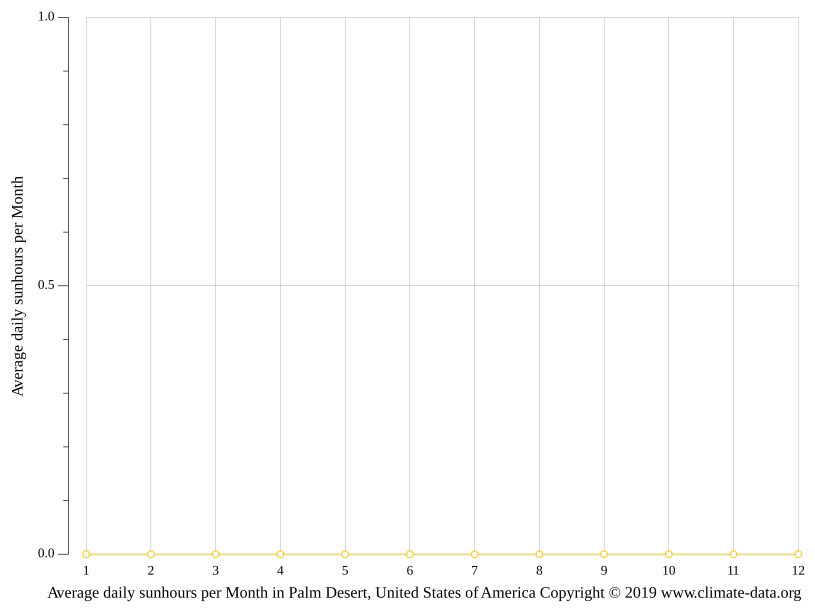

Winds also maintain a consistent presence, with recorded wind speeds of 5.8mph in January, escalating to 8.6mph in May. Severe thunderstorms, including a couple of strong tornadoes and destructive hail, are expected this afternoon in the Southern Plains. Our detailed weather information is from the Mountain Station at the top of the Tram. Rainfall evidences sporadic patterns of occurrence, with the wettest month being July with 1.34" of rain, a stark contrast to the driest month of May with only 0.12".Ĭloud coverage stays relatively low all through the year, with the most cloud percentage being 19% in December and the lowest at 5% in June. The least humid months lie between June and August, registering a relative humidity of 29%, while the maximum level is 47%, evident during December. Humidity levels show lesser variations compared to temperatures.

Therefore, residents and visitors should be prepared for sweltering summers and relatively mild winters. The low temperature averages also demonstrate a similar trend, ranging from 43.5☏ in December to 73☏ in August. The monthly average high temperature varies from 58.1☏ in the coldest month of the year, being December, to a blistering 94.5☏ in July, the hottest month. In March, Palm Deserts temperature tends to fall to an average low of 48.7☏ during the night. This predominant climate type distinctly exhibits persistently high temperatures accompanied by generally low humidity levels throughout the year. Palm Deserts March weather indicates a minor increase in high-temperatures, edging from Februarys 61.7☏ to a still comfortable 67.3☏.

Situated in California, USA, Palm Desert experiences what the Köppen climate classification describes as a BWh or subtropical desert climate.


 0 kommentar(er)
0 kommentar(er)
